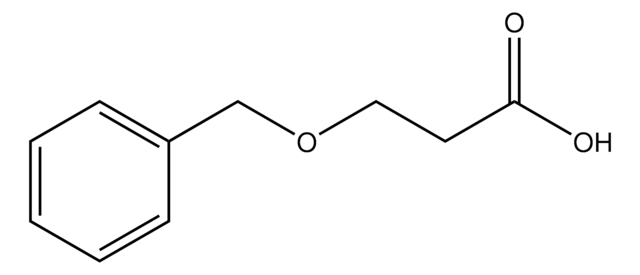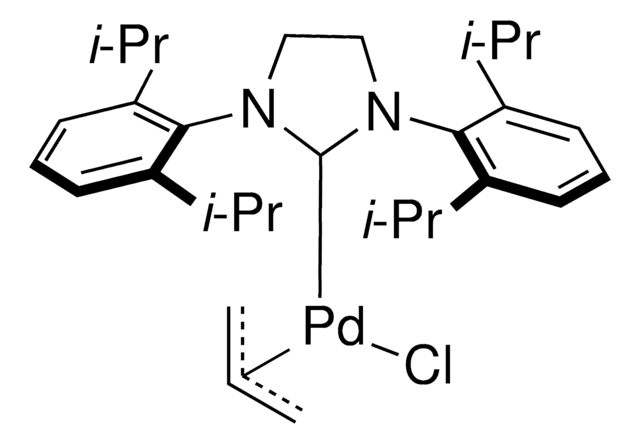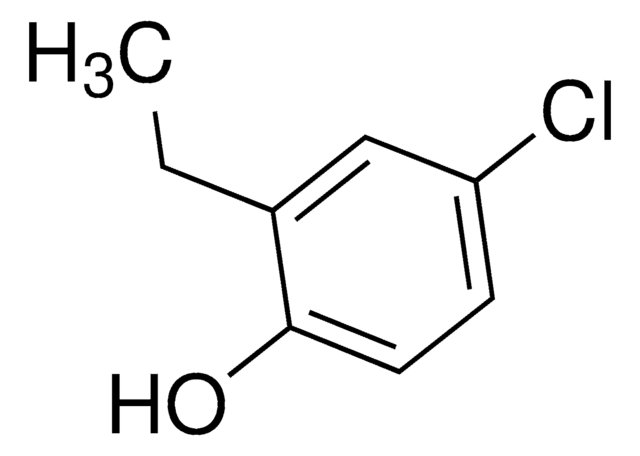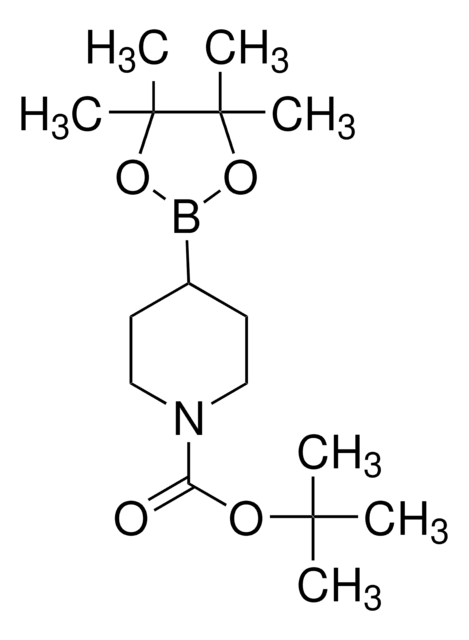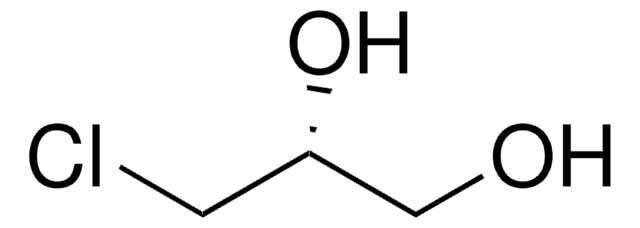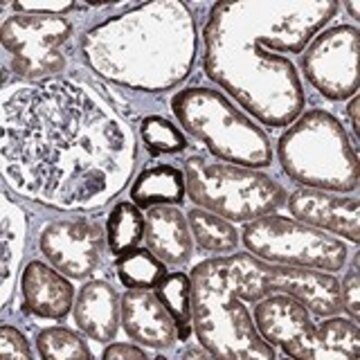All Photos(1)
About This Item
Linear Formula:
ClC6H3(C2H5)OH
CAS Number:
Molecular Weight:
156.61
EC Number:
MDL number:
UNSPSC Code:
12352100
PubChem Substance ID:
NACRES:
NA.22
Recommended Products
Assay
97%
form
solid
mp
45-50 °C (lit.)
SMILES string
CCc1cc(O)ccc1Cl
InChI
1S/C8H9ClO/c1-2-6-5-7(10)3-4-8(6)9/h3-5,10H,2H2,1H3
InChI key
DVKVZPIRWWREJC-UHFFFAOYSA-N
Application
4-Chloro-3-ethylphenol is a ryanodine receptor antagonist and is commonly used as research tool and diagnostic reagent for malignant hyperthermia.
Signal Word
Warning
Hazard Statements
Precautionary Statements
Hazard Classifications
Eye Irrit. 2 - Skin Irrit. 2 - STOT SE 3
Target Organs
Respiratory system
Storage Class Code
11 - Combustible Solids
WGK
WGK 3
Flash Point(F)
235.4 °F - closed cup
Flash Point(C)
113 °C - closed cup
Personal Protective Equipment
dust mask type N95 (US), Eyeshields, Gloves
Certificates of Analysis (COA)
Search for Certificates of Analysis (COA) by entering the products Lot/Batch Number. Lot and Batch Numbers can be found on a product’s label following the words ‘Lot’ or ‘Batch’.
Already Own This Product?
Find documentation for the products that you have recently purchased in the Document Library.
A M Low et al.
British journal of pharmacology, 122(3), 504-510 (1997-11-14)
1. Recently, 4-chloro-3-ethyl phenol (CEP) has been shown to cause the release of internally stored Ca2+ apparently through ryanodine-sensitive Ca2+ channels, in fractionated skeletal muscle terminal cisternae and in a variety of non-excitable cell types. Its action on smooth muscle
M U Gerbershagen et al.
European journal of anaesthesiology, 19(2), 135-140 (2002-05-10)
The in vitro contracture test with halothane and caffeine is the current gold standard for diagnosis of malignant hyperthermia. This test has a sensitivity of 99.0% but a specificity of only 93.6%. Therefore, an alternative drug is desirable which distinguishes
Bo Zeng et al.
British journal of pharmacology, 171(5), 1250-1259 (2014-03-29)
Depletion of the Ca(2+) store by ryanodine receptor (RyR) agonists induces store-operated Ca(2+) entry (SOCE). 4-Chloro-3-ethylphenol (4-CEP) and 4-chloro-m-cresol (4-CmC) are RyR agonists commonly used as research tools and diagnostic reagents for malignant hyperthermia. Here, we investigated the effects of
Francisco H Andrade et al.
Investigative ophthalmology & visual science, 46(12), 4541-4547 (2005-11-24)
The ultrafast extraocular muscles necessitate tight regulation of free cytosolic Ca2+ concentration ([Ca2+]i). Mitochondrial Ca2+ influx may be fast enough for this role. In the present study, three hypotheses were tested: (1) Mitochondrial Ca2+ uptake regulates [Ca2+]i and production of
M U Gerbershagen et al.
Anasthesiologie, Intensivmedizin, Notfallmedizin, Schmerztherapie : AINS, 39(2), 81-86 (2004-02-10)
The diagnosis of malignant hyperthermia is currently performed with the in-vitro contracture test (IVCT) with halothane and caffeine. This test has a sensitivity of 99.0 % but only a specificity of 93.6 %. A cumulative IVCT with 4-chloro-3-ethyl-phenole (CEP) has
Our team of scientists has experience in all areas of research including Life Science, Material Science, Chemical Synthesis, Chromatography, Analytical and many others.
Contact Technical Service